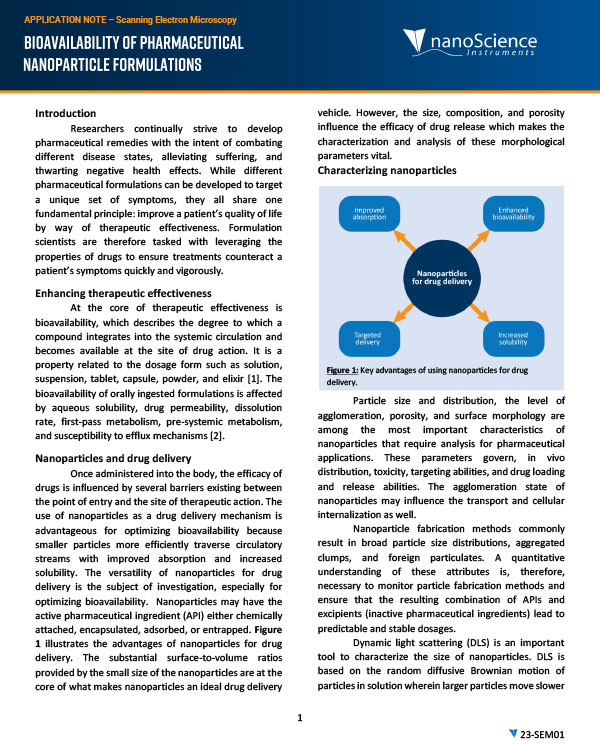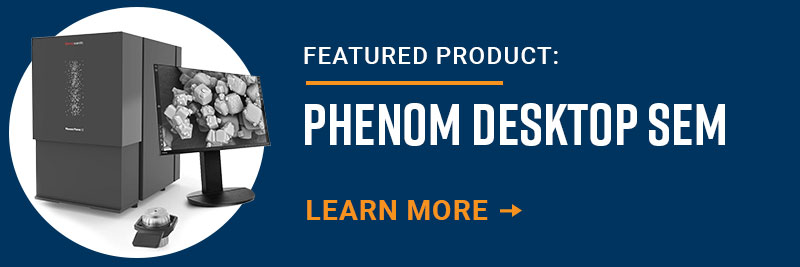Researchers continually strive to develop pharmaceutical remedies with the intent of combating different disease states, alleviating suffering, and thwarting negative health effects. While different pharmaceutical formulations can be developed to target a unique set of symptoms, they all share one fundamental principle: improve a patient’s quality of life by way of therapeutic effectiveness. Formulation scientists are therefore tasked with leveraging the properties of drugs to ensure treatments counteract a patient’s symptoms quickly and vigorously.
Enhancing therapeutic effectiveness
At the core of therapeutic effectiveness is bioavailability, which describes the degree to which a compound integrates into the systemic circulation and becomes available at the site of drug action. It is a property related to the dosage form such as solution, suspension, tablet, capsule, powder, and elixir [1]. The bioavailability of orally ingested formulations is affected by aqueous solubility, drug permeability, dissolution rate, first-pass metabolism, pre-systemic metabolism, and susceptibility to efflux mechanisms.
Nanoparticles and drug delivery
Once administered into the body, the efficacy of drugs is influenced by several barriers existing between the point of entry and the site of therapeutic action. The use of nanoparticles as a drug delivery mechanism is advantageous for optimizing bioavailability because smaller particles more efficiently traverse circulatory streams with improved absorption and increased solubility. The versatility of nanoparticles for drug delivery is the subject of investigation, especially for optimizing bioavailability. Nanoparticles may have the active pharmaceutical ingredient (API) either chemically attached, encapsulated, adsorbed, or entrapped. Figure 1 illustrates the advantages of nanoparticles for drug delivery. The substantial surface-to-volume ratios provided by the small size of the nanoparticles are at the core of what makes nanoparticles an ideal drug delivery vehicle. However, the size, composition, and porosity influence the efficacy of drug release which makes the characterization and analysis of these morphological parameters vital.


